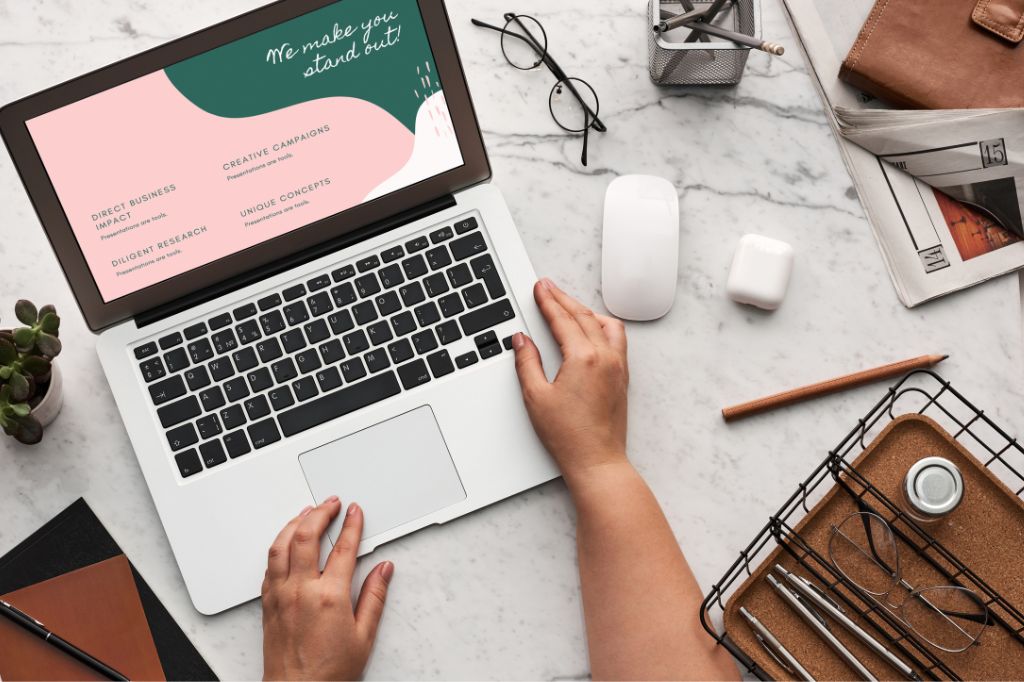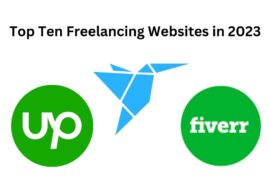There are a lot of reasons why you might want to start freelancing, even if you already have a full-time job. Maybe you’re looking for a way to make some extra money, or maybe you’re hoping to eventually transition into freelancing full-time. Whatever your reasons, it’s definitely possible to start freelancing while still working a full-time job.
Of course, there are some challenges that come with trying to balance a full-time job and a freelance career. But if you’re organized and strategic about how you approach things, you can definitely make it work. In this article, we’ll give you some tips on how to start freelancing even when you’re already working full-time. But before this, you must know what are the pros and cons of freelancing while working a full-time job. So keep reading.
Pros and Cons to Do Freelancing When Working Full-time Job
There are a few pros and cons to doing freelance work while working a full-time job. On the plus side, you can use your full-time job as a way to network and build relationships with potential clients. You also have the advantage of a steady income, which can help you cover your expenses and save up for when you’re ready to go full-time with your freelancing business.
On the downside, working a full-time job while trying to run a freelance business can be extremely stressful. You’ll need to be very organized and disciplined in order to make the most of your time. There’s also the risk that your employer will find out about your freelance work and disapprove, which could lead to problems at work.
Overall, it’s important to weigh the pros and cons carefully before deciding whether or not to do freelance work while holding down a full-time job. If you think you can handle the stress and keep your employer happy, then it might be worth giving it a shot.
How to Do freelancing When Working Full-Time Job
Set Aside Time
The first step to starting freelancing while working full-time is to set aside time. This means carving out a few hours each week that you can dedicate to freelancing. This could be in the evenings or on the weekends, but it is important to have a consistent time that you can devote to freelancing. This will help you stay organized and ensure that you have enough time to complete your projects.
Identify Your Skills
The next step is to identify your skills. What are you good at? What do you enjoy doing? Are there any areas where you have expertise? Once you have identified your skills, you can start to look for freelance opportunities that match your skill set. This will help you find the right projects and clients that will be a good fit for you.
Research the Market
Once you have identified your skills, it is important to research the market. What types of projects are in demand? What types of clients are looking for freelancers? Doing this research will help you understand the market and identify potential opportunities. It will also help you set realistic expectations for yourself and your clients.
Create a Portfolio
Creating a portfolio is an important step in starting freelancing. A portfolio is a collection of your work that showcases your skills and abilities. It should include samples of your work, as well as any awards or accolades that you have received. Having a portfolio will help you stand out from other freelancers and make it easier for potential clients to find you.
Network
Networking is an important part of freelancing. You should reach out to other freelancers and professionals in your field to build relationships and learn more about the industry. You can also join online communities and attend events to meet potential clients and learn more about the industry. Networking will help you find new opportunities and build your reputation as a freelancer.
Set Up Your Freelance Business Profile
Once you have identified your skills, researched the market, created a portfolio, and started networking, it is time to create freelancing business profiles. This includes creating freelancing profiles, setting up a website, and creating contracts for clients. Setting up your business profiles will help ensure that everything is in order and that you are ready to start working with clients.
Set Your Priorities
One of the most important things you can do when freelancing while working full-time is to set your priorities. You need to be clear about what your goals are and what you want to achieve with your freelance work. Otherwise, it will be very easy to get sidetracked and end up wasting time on tasks that are not really important.
To set your priorities, start by making a list of all the things you need to do in order to reach your goals. Then, rank them in order of importance. Make sure to include both short-term and long-term goals on your list.
Once you have your priorities straight, it will be much easier to stay focused and make the most of your time. Remember, every minute you spend working on your freelance business is one less minute you have for other things.”
Don’t Forget to Take Rest & Take Care of Yourself
Another important thing to remember when freelancing, especially when you’re doing it while working a full-time job, is to take care of yourself. This means getting enough rest, eating healthy meals, and staying hydrated. It’s also important to schedule time for yourself so that you can relax and recharge. If you don’t take care of yourself, you’ll quickly burn out and won’t be able to produce your best work.
Conclusion: How to Start Freelancing Even When Working Full-Time
Starting freelancing while working full-time can be challenging, but it is possible with the right steps. By setting aside time, identifying your skills, researching the market, creating a portfolio, networking, and setting up your business profiles, you can start freelancing even when working full-time. In short, with dedication and hard work, you can make freelancing a successful part of your career.




